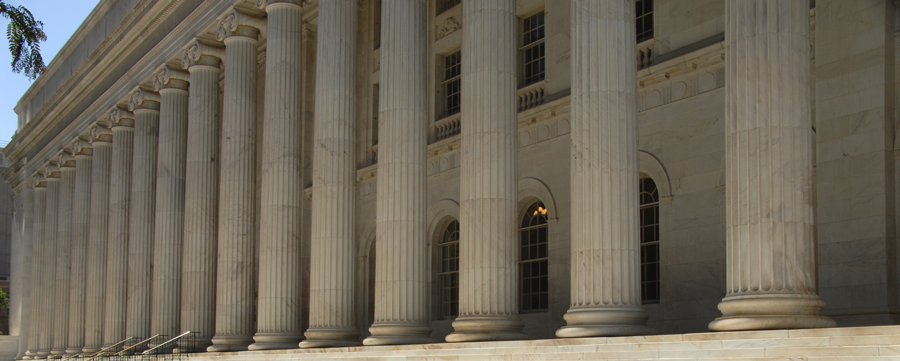Abstract
Since the U.S. Supreme Court decided its first free speech case 100 years ago, two very different eras have defined First Amendment law. For a half century, before 1970, the Supreme Court focused on protecting the expressive freedom of political dissidents and social reformers. In 1970, amid protests against the Vietnam War, the Ohio National Guard senselessly gunned down four students at Kent State University. The Kent State massacre exposed the fragility in our country of political protest, free speech, and democracy itself. That atrocity should have inspired First Amendment law to affirm and enhance its protection of dissenters and vulnerable speakers. Instead, in a tragic irony, 1970 marks the moment when the Supreme Court began to unmoor First Amendment law from its formative principles and to prioritize protection of wealthy, powerful speakers. Professor Magarian contends that the Court’s shift since 1970 has betrayed the First Amendment’s democratic promise and transformative power. He calls for the next century to restore and advance First Amendment law’s foundational ideals.
Keywords
Kent State, Kent State University, free speech, protest, First Amendment, First Amendment Law, Supreme Court, Supreme Court of the United States, SCOTUS
